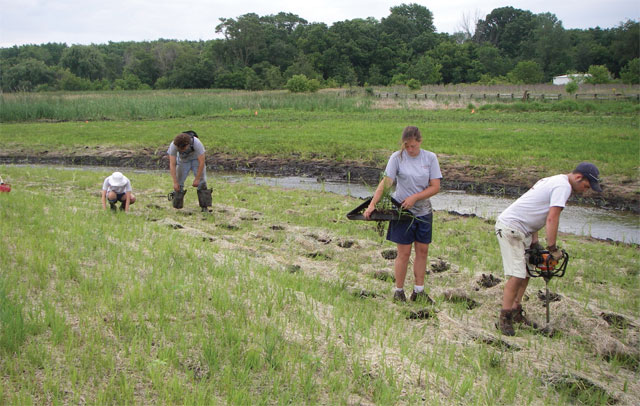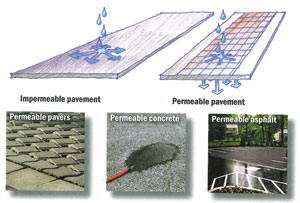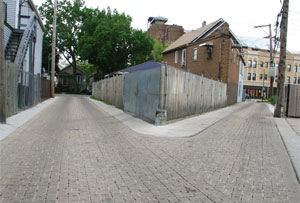Company Name
From City Beautiful to Green Metropolis
Managing Water
From an environmental perspective, one of the Plan of Chicago's most visionary ideas was its call for a system of greenbelts and forest preserves across the region. Often sited on floodplains and marshes, these green spaces aid regional efforts to manage water by returning rainwater to underground aquifers. Innovative building techniques, such as the use of permeable pavement, work towards the same goal of maintaining the regional water balance.
Wetlands were long mistaken for useless swamps, drained, or built over. But now their ecological value is unquestioned. Like giant sponges, they are nature's best water filters and flood control systems. Regional efforts to bring back wetlands include restorations in the Hadley Valley, northeast of Joliet. Conservation work along Spring Creek, drained for farmland decades ago, has replaced invasive plants with native species and allowed the creek to meander once again.
Even alleys can help protect water resources. Paved in traditional concrete or asphalt, alleys resemble giant drainpipes, funneling rainwater straight into sewers. But the permeable pavements promoted by the City of Chicago's Green Alley Program act like soil: water soaks through into the ground, replenishing aquifers and keeping storm water out of the combined sewage system.





